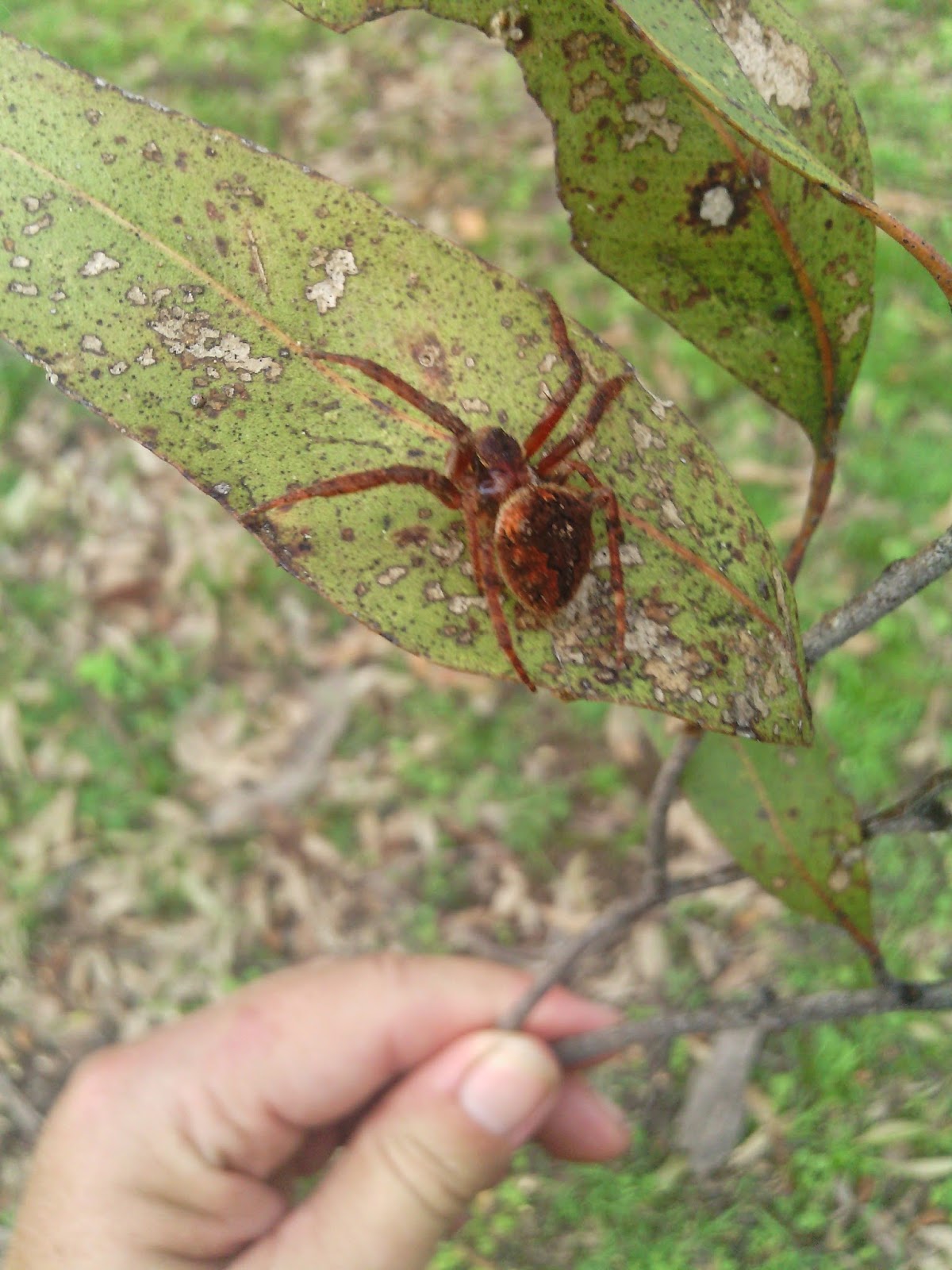As most of you already know; I am a witch. I celebrate the Wheel of the Year, I follow the basic commandment of 'An it harm ye none, do what thou wilt', I believe in the three-fold law and I collect information. Being a witch is (for me) about learning new things and exploring new ways of looking at life. Being a crafty witch, I make my own tools.
One of the most important tools a witch has is her (or his) books, they hold the tiny crumbs of wisdom and knowledge we manage to gain in our life and can be passed on to another witch to use once we die. I make my own books; one for every new 'subject' (although they all interlock in some way); I made a massive, red leather, hard covered, parchment filled tome for my Book of Shadows (tools, correspondences and rituals); I made a cute little upholstery fabric covered book to record my life changing journey through the Sacred Cord (sort of like a rosary that takes two and a half years to complete); I made a black suede, hard covered slim lined book to record my divinations and dreams (Tarot, runes, iChing, scrying, etc); I made a decorated hardwood, post bound tome for my Tarot learnings (meanings, correspondences, Kabbalah and, layouts, etc) and now I have made a versatile, refillable, black leather traveller's journal for my Kabbalah learnings.
 |
| My first Book of Shadows |
 |
| My Sacred Cord book |
 |
| My divination book |
 |
| The cover of my Tarot book |
 |
| Inside my Tarot book |
Because I used what I could find about the house, my journal is a rough item, but I am fairly pleased with it. The first thing I did was; make a cup of coffee (essential to the creative juices), then I got down to business. I wanted the pages to look old and worn so I found a ream of photocopy paper, carefully folded each page in half (not the whole ream, only about 32 pages), dipped each one individually in strong instant coffee and laid them out on a towel to dry. This makes the pages unpredictably brownish yellow with blotches (perfect for that aged look).
 |
| My instant coffee bath |
 |
| Some of the pages laid out to dry |
 |
| You can see the difference in colour between the new paper on the left and the coffee stained stuff on the right. |
While the pages dried, I dug out an old leather skirt (it was the eighties OK) and cut a piece that was 2 cm or so higher than the folded A4 paper (A5 size page) and 6 cm or so wider than an open sheet of A4 paper (A4 size page). The leather was fairly thin and would have been too floppy for a book cover on its own so I also cut a piece of heavy duty interfacing and some pretty orange material the same size as my leather.
 |
| Old leather skirt |
 |
| Heavy duty interfacing on top of the material square |
These three sheets were glued together with the interfacing in the middle, clamped and hung to dry for a while.
 |
| My cover drying in the breeze. |
While the cover dried I began making the note book to go inside this cover. I followed the clip below to the letter, but my finished print block was much messier than hers. Undeterred, I decided it added to the antique-y charm of the project and used it anyway. Unfortunately I didn't take photos of this step (I got lost in the process and forgot what I was doing).
I then trimmed the outside edges and punched some holes in my cover and threaded hat elastic through them in the sequence described in the clip below.
 |
| Here is the inside of my cover with the elastic in place. |
Next I simply threaded my text block into the elastic holders and it was finished.
 |
| Spot the dog loved it; a leather paw rest, how innovative. |
 |
| Then I started filling it up with collected bits of understandings and knowledge. |
 |
| The three elastic bits mean I can add another two text blocks as I fill the original one up. |
I loved making this project, I think I will make some more soon.
Somewhere down the track, I have plans of making my two daughters a book each and fill them with little snippets of information I think they may need, the sort of thing you ring your mum for...like;
'How do I unplug the bathroom drain..without putting my fingers in there?'
'How do I make pancakes?'
'Is it better to close the windows in a wind storm or leave them open?'
'Where do I go to register to vote?'
'How do I make soap?'
'What herbs are good for a cold?'
and many others.
Maybe one of these journals would be appropriate for that, new books can be added as more questions arise.
What do you think of this project?
Do you like the old and battered look for books and journals?



















































